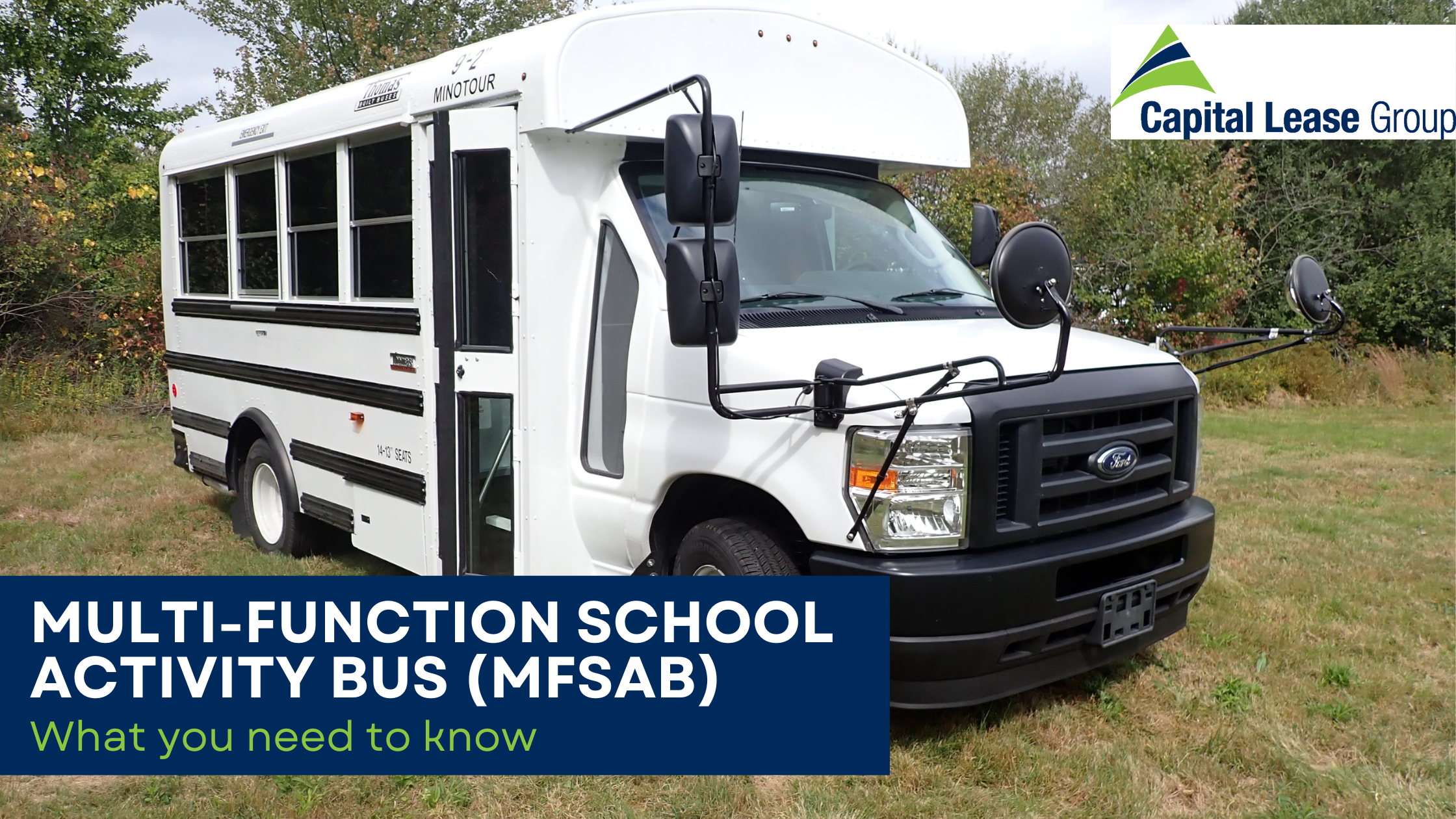Businesses that require a fleet of vehicles to successfully operate are often faced with a few tough decisions along the way. First, there comes the issue of deciding which to invest in, vans or trucks. Once that decision is made, you’ll have to figure out which will work best financially for your business.
This email is focused on the use of commercial vans within a business fleet, and what they should, can and will cost throughout their lifecycle. Knowing this can better prepare you for expenses ahead, while eliminating the element of surprise.
Estimates released by Kelley Blue Book state that both compact and full-size commercial vans are set to rise regarding units produced and purchased this year. From Mercedes to Nissan, there are dozens of selections for any fleet operator to choose from.
Choosing a van size relies solely on what you’ll use it for, how often you’ll use it, and the nature of your company or business. Clearly, the purchase of a fleet of larger vans will increase your cost due to maintenance, fuel and initial costs that come with such a sizeable purchase. If you’ve set your sights on one van size in particular, it’s important to gather information on that particular size from more than one manufacturer. Leave your options open.
This is not to say that costs won’t be high with a smaller van, but it goes without saying that you’ll be set to pay less in fuel and initial costs. The results of purchasing a fleet of vans will vary from business to business. After all, final costs will depend on annual mileage, how reliable the vehicle is that you’ve purchased, insurance, the price of fuel and model availability.
With proper care taken in each step, the purchase is certain to work out in your favor. Take the nature, future and intention of your business into consideration above all else, and go from there.



